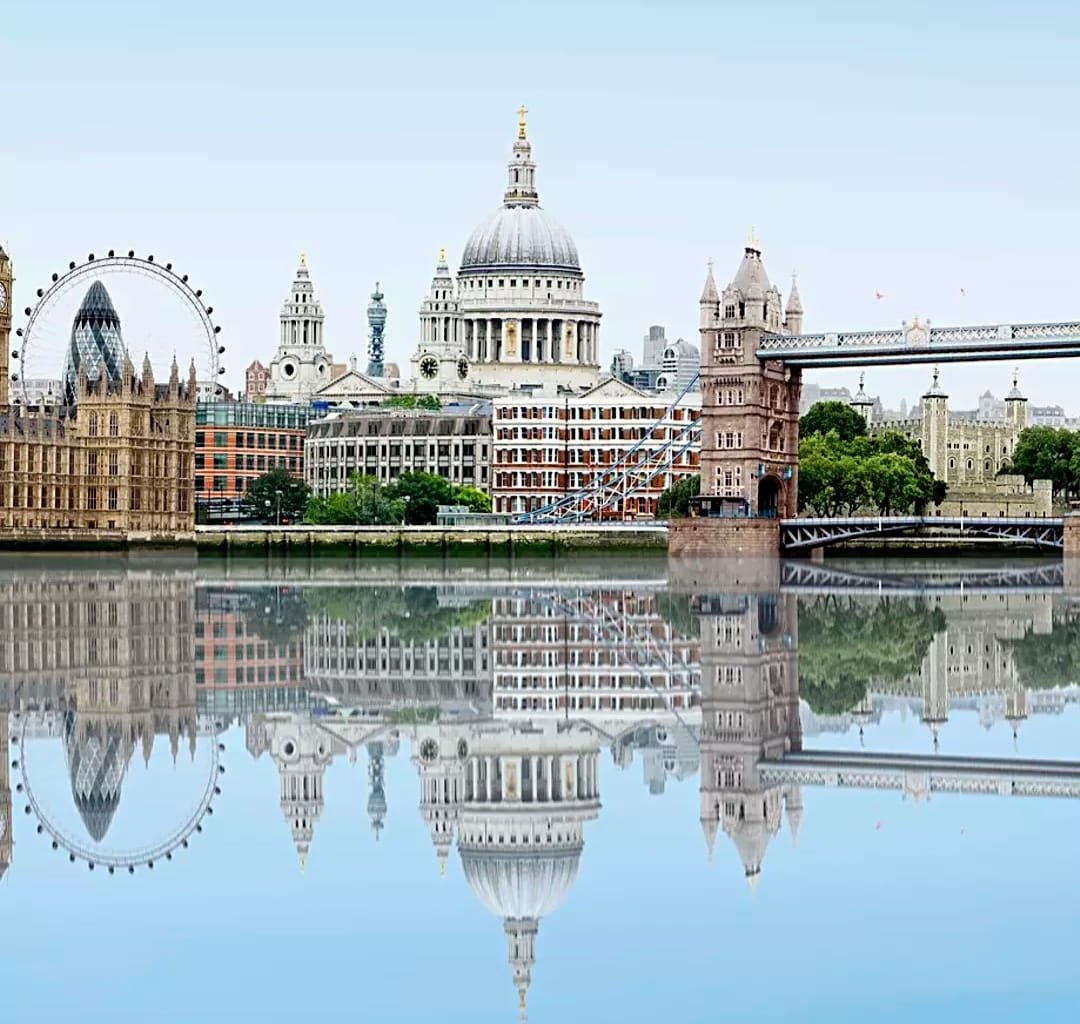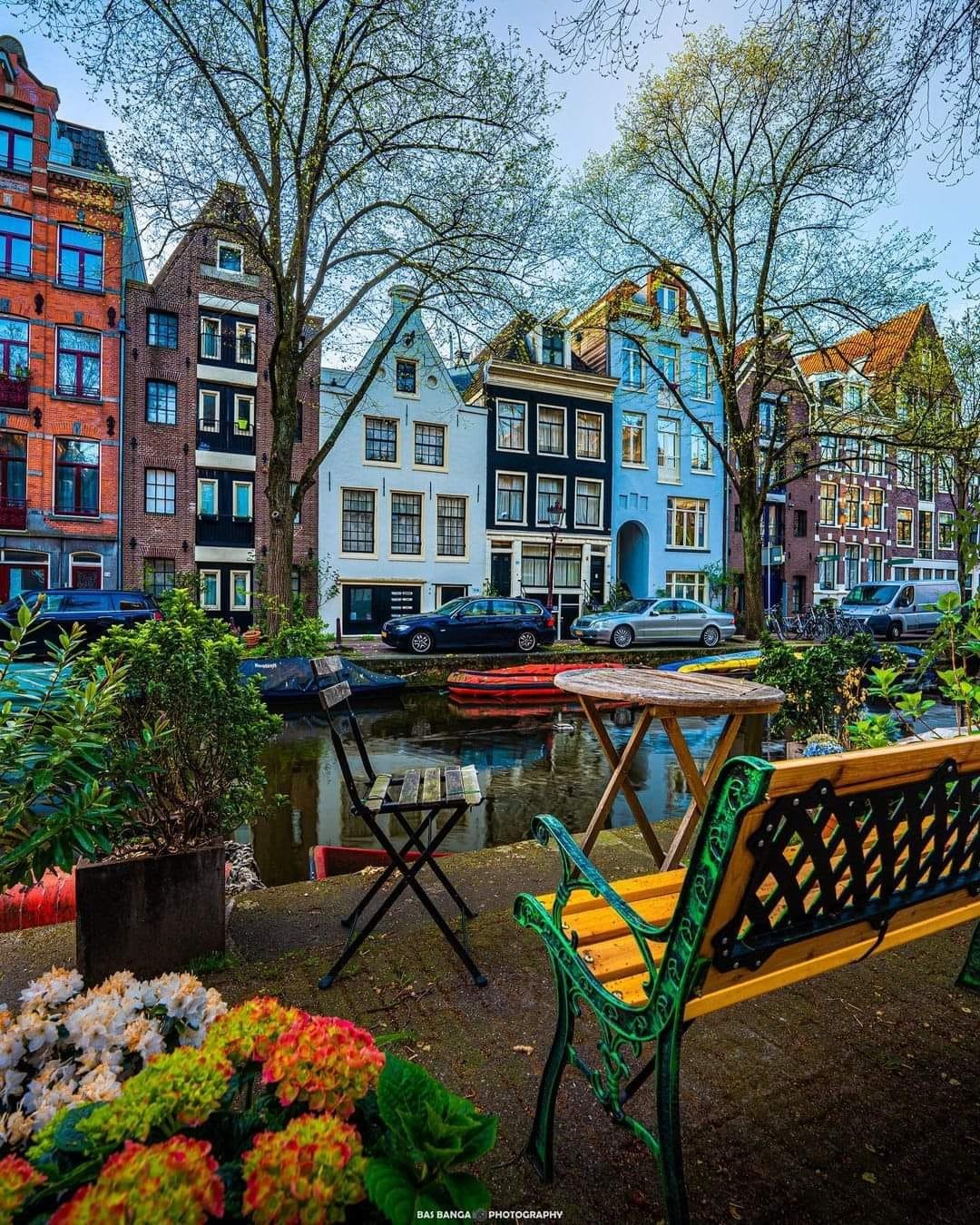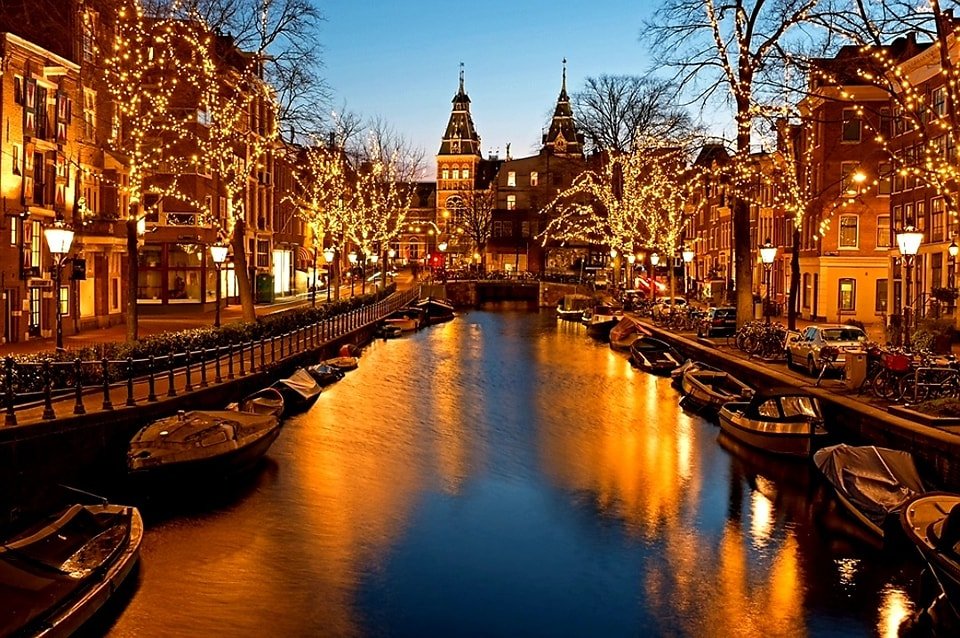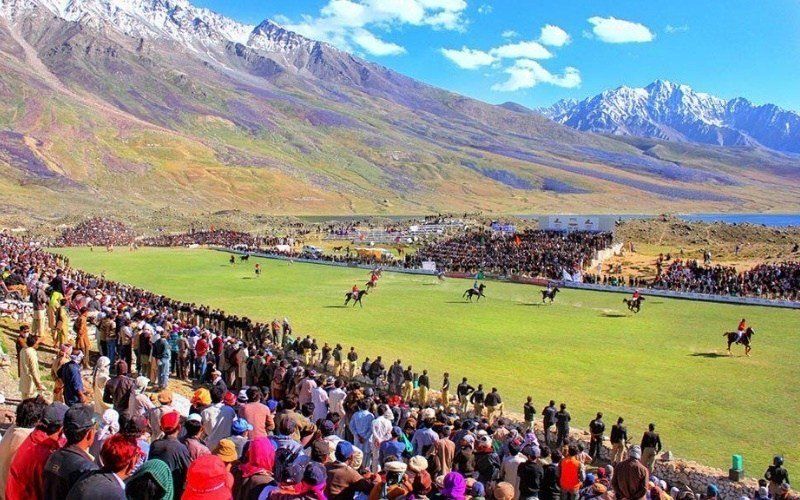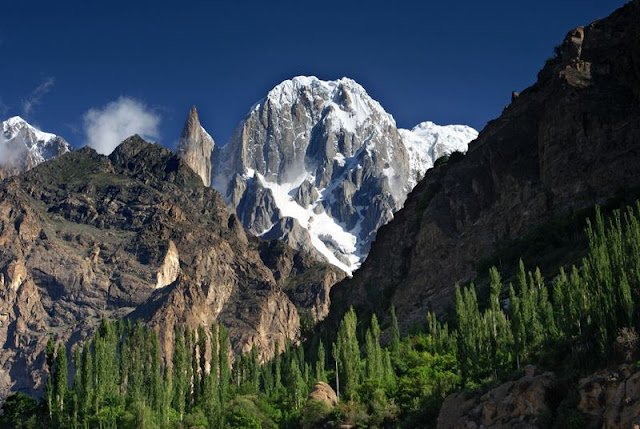London city is the capital of England, and one of the most iconic cities in the world. Known for its rich history, culture, and architecture, London is a popular destination for tourists. London is also known for its cultural attractions, such as the British Museum, which houses artifacts from ancient civilizations around the world, and the National Gallery, which has a collection of over 2,300 paintings from the 13th to the 19th centuries.
London City : An Immersive Journey Through History, Culture, and Splendor
Extensive public transportation system
First and foremost, you need to know how to get around the city. London city has an extensive public transportation system, including buses, trains, and the famous underground subway system, known as the “Tube.” It is always a great idea to make sure to familiarize yourselves with the different zones and fare options for the Tube, as well as the schedules and routes for buses and trains.
- Next, is that London is a diverse and multicultural city, with many different neighborhoods to explore. From the historic streets of Westminster to the trendy shops and bars of Shoreditch, each neighborhood has its own unique character and attractions. Make sure to research the areas you want to visit and plan out your itinerary accordingly.
- London is home to many world-renowned museums, galleries, and landmarks. From the British Museum to Buckingham Palace, there is no shortage of things to see and do. Make sure to purchase tickets in advance for any popular attractions you want to visit, as they can get quite busy.
- London city can be an expensive , but with a little planning, you can save money. Take out time to research the best deals on accommodation, food, and activities and make sure to budget accordingly.
- The currency used in London is the British Pound. Make sure to have enough cash and/or a credit card that works internationally. London’s weather can be unpredictable and can change quickly, so pack accordingly with warm and waterproof clothing. And lastly keep emergency contact information for your embassy or consulate and for local emergency services.
- Now after the Pandemic, health is even more important. Make sure you have adequate travel health insurance and check for any health risks or vaccination requirements.
- The currency used in London city is the British Pound. Make sure to have enough cash and/or a credit card that works internationally
Overall, London is a vibrant and exciting city that has something to offer for everyone. Its rich history and culture, combined with its modern and cosmopolitan atmosphere, make it a destination that is truly worth visiting.
In this blog post, we embark on a journey through the streets of London, immersing ourselves in its historical treasures, cultural delights, and the regal splendor that defines this global city.
The Tower of London city: A Fortress of History:
A visit to London is incomplete without exploring the historic Tower of London’s. This magnificent fortress, dating back to the 11th century, has witnessed centuries of royal drama, political intrigue, and significant historical events. Marvel at the Crown Jewels, discover the haunting tales of the Tower’s prisoners, and explore its medieval architecture. The Tower of London serves as a gateway to London’s rich history and sets the stage for an immersive journey through time.
The British Museum: A World of Wonders:
Step into the hallowed halls of the British Museum, a treasure trove of human history and culture. Housing a vast collection of artifacts from around the world, including the Rosetta Stone and the Elgin Marbles, the museum offers a captivating exploration of human civilization. From ancient Egypt to classical Greece, and from African art to Asian antiquities, the British Museum provides a glimpse into the diverse cultures that have shaped our world.
Buckingham Palace: A Royal Spectacle:
Witness the grandeur of the British monarchy at Buckingham Palace, the official residence of Queen Elizabeth II. Be enthralled by the Changing of the Guard ceremony, where elaborately dressed guards march to the sound of military bands. While public access to the palace’s State Rooms is limited, the exterior and the surrounding gardens provide a regal backdrop for photographs and a chance to immerse oneself in the royal ambiance.

The West End: The Heart of Theatreland:
London’s West End is a hub of theatrical brilliance, offering a plethora of world-class shows and performances. From musicals to plays, the West End showcases the best of international and homegrown talent. Catch a show at legendary theaters such as the Theatre Royal Drury Lane or the Royal Opera House, and be swept away by the magic of live performances. The vibrant atmosphere and the pulsating energy of the West End make it an essential stop for theater enthusiasts.
Quaint Neighborhoods and Cultural Enclaves:
London’s charm lies in its diverse neighborhoods, each with its own distinctive character and allure. Explore the historic streets of Covent Garden, filled with boutique shops, street performers, and charming cafés. Wander through the vibrant markets of Camden Town, known for its alternative fashion, live music, and eclectic street food. Discover the multicultural hub of Brick Lane, with its vibrant street art, curry houses, and vintage shops. London’s neighborhoods provide endless opportunities to soak up the city’s cultural mosaic.
Conclusion:
London’s blend of historical grandeur, cultural diversity, and regal elegance make it a city like no other. From the towering walls of the Tower of London to the enchanting performances of the West End, London invites visitors to immerse themselves in its rich history and vibrant cultural scene. Embrace the royal splendor, wander through quaint neighborhoods, and indulge in the city’s culinary delights. London, with its timeless allure, promises a journey of discovery and a lifetime of cherished memories.
